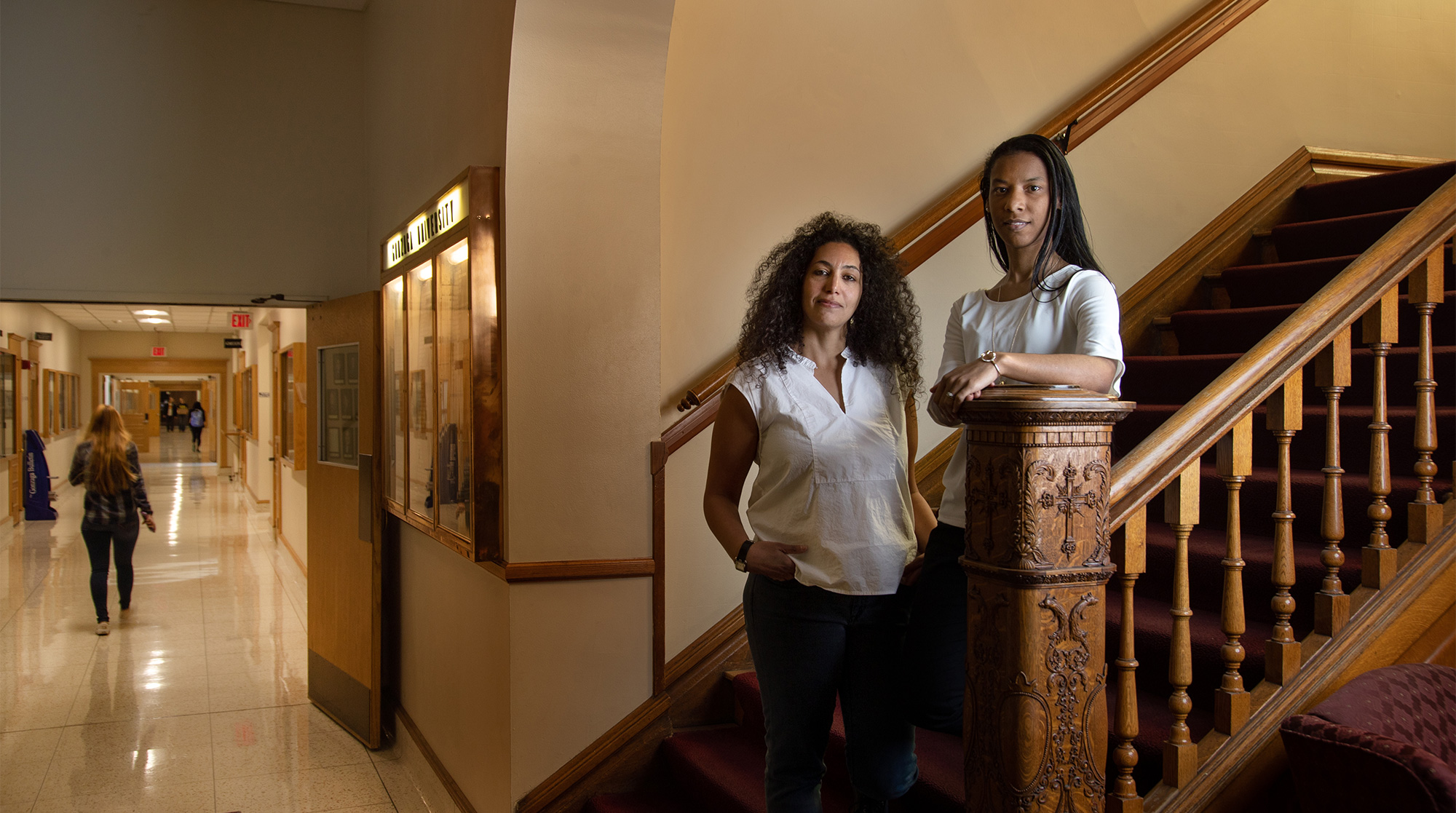

In high school, when she could pick her own topic for a history term paper or an English essay, Quin’Nita Cobbins-Modica wrote about Black women. She chose subjects like Madam C.J. Walker, a successful entrepreneur at the turn of the 20th century, and Mary McLeod Bethune, a civil rights activist and educator who served in President Franklin D. Roosevelt’s Cabinet.
But her interest in Black women’s history didn’t seem like a career path when she arrived at Fisk University in Nashville, Tenn. Coming from her small hometown of Lexington, Miss., she had never seen a historian before. “I didn’t know what a historian was.”
Her path changed when she met Linda T. Wynn, a professor who specializes in African American women’s history. Wynn, who is also Black, mentored Cobbins-Modica and helped her imagine herself as a historian. “Just to have someone who is doing the work you’re so interested in let me know that it was possible,” she says.
Now Cobbins-Modica, who completed her Ph.D. in U.S. history at the UW last year, hopes her presence will make a difference to students at Gonzaga University, a Jesuit liberal arts university in Spokane.
A two-year fellowship in Gonzaga’s Underrepresented Minority Postdoctoral Program gives recent UW gradates valuable teaching experience and at the same time boosts the number of faculty of color at Gonzaga, where 30 percent of the students and about 10 percent of the faculty self-identify as a racial or ethnic minority.
Jessica Maucione, co-director of the program, helped develop the fellowship with the UW’s Graduate Opportunities & Minority Advancement Program (GO-MAP). “Diverse students wanted to see themselves reflected in the faculty,” she says.
The first UW postdocs started teaching at Gonzaga in 2016. This year, Cobbins-Modica is joined by Yasi Naraghi, who specializes in comparative literature and critical theory, and alma khasawnih, who has a degree in feminist studies and is teaching in Gonzaga’s communications department.
“Diverse students wanted to see themselves reflected in the faculty.”
Jessica Maucione, co-director of Gonzaga’s Underrepresented Minority Postdoctoral Program
Cobbins-Modica had never been to Eastern Washington before she interviewed for the postdoc program. As a graduate student, she wrote her dissertation about Black women’s political activism in the West during the 20th century and helped research and design an exhibit at the Museum of History and Industry based on Al Smith’s photographs of Seattle’s Black community during the 1940s and 1950s. She says many of the Gonzaga students who are taking her upper-division course about Black women in the West are looking for diverse perspectives from the past. “They are thirsty for that type of knowledge,” she says.
Hiring faculty members with different backgrounds, experiences and academic interests creates change in the department, as well as the classroom, says Cynthia Morales, GO-MAP’s director. “If you want to diversify, you can’t do it in a marginal way,” Morales says. “Students and faculty need to know their research and the classes they are teaching are being valued and highlighted.”
The fellowship prioritizes support for postdocs, says Maucione. In return, UW graduates bring fresh and valuable knowledge into their host departments and schools. “It’s really nice to have very recent Ph.D.s who are doing cutting-edge work.”
Her colleagues at Gonzaga have been generous with everything from syllabi to reading lists and lesson plans, khasawnih says. But, she adds, being one of the few teachers of color on campus comes with additional responsibilities. She identifies as an Arab immigrant from “Far West Asia.” Students look to you as an example, and they’re more likely to ask for guidance, she says. That’s an extra responsibility that people of color and women of color take on.
Living as a minority in a predominantly white city—Spokane is 87 percent white, according to the 2010 Census—can be challenging for students as well as faculty. “I do see a need for us to be here,” says Naraghi, who was born in Tehran and immigrated to the United States when she was in middle school. “If I hadn’t had people I could identify with, I don’t think I would’ve ended up in graduate school.”